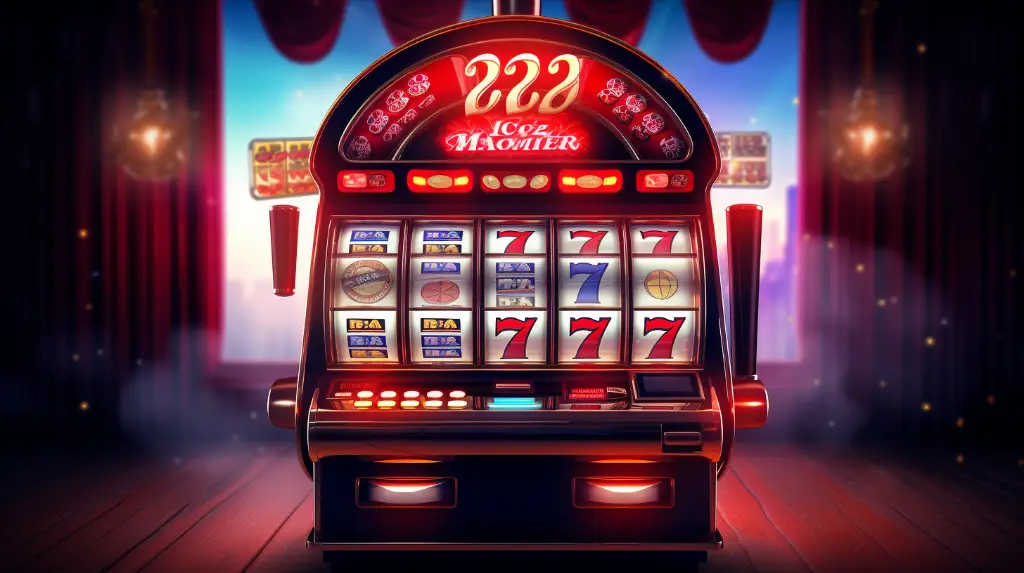Modern online casinos have long turned poker from a club card game into a whole industry where logic, cold calculation, and gambling collide. Platforms with thousands of active tables simultaneously bring together newcomers and professionals ready to risk their bankroll for victory. To confidently navigate this environment, it is important to understand the rules of poker in online casinos not only at a basic level but also in the details of each variety: from classic Hold’em to dynamic Omaha and rare formats like Stud or Pai Gow. A conditional mistake on the preflop costs a couple of small blinds, but systematic ignoring of mathematical and tactical nuances leads to deposit losses tens of times faster.
Texas Hold’em as the Foundation of Poker Rules in Online Casinos
The rules of poker in online casinos most often start with Texas Hold’em. This format has become a universal “school” for mastering combinations, positions, and tactics of putting pressure on opponents. A player receives two pocket cards and waits for the release of five community cards to form the best combination.
The importance of positions is evident at every limit. A player in an early position is forced to act more cautiously because the other participants have not made a move yet. On the button, on the contrary, there is maximum space for a raise or bluff. Even a pair of queens in an early position plays weaker than a modest nine-ten combination here.
Practice shows that the rules of poker in online casinos for Hold’em are not limited to a list of actions like “call” or “fold.” They shape a model of behavior. For example, at a $1/$2 limit, an aggressive TAG player after a flop raise forces the opponent with a top pair to consider folding, even though the combination is objectively stronger than the average range.
Omaha and Its Mathematical Density
The Omaha variation intensifies the dynamics with four pocket cards. According to the rules of poker in online casinos, a player must use exactly two of them and three community cards. This structure creates situations with nut hands already on the flop. For example, a flop of J♥ 10♥ 8♠ with pocket cards Q♠ K♣ 9♥ 2♣ gives a ready straight, but the opponents’ probability of a flush exceeds 40%, and by the river, it often reaches 50%. Misjudging outs leads to bankruptcy even with a strong starting hand.
Unlike Hold’em, you cannot rely on the dominance of one pair here. Almost every deal by the river contains a ready straight or flush. Therefore, the rules of poker in online casinos for Omaha dictate strict bankroll management and careful calculation. Experienced players bet less on early streets to reduce losses when the opponent strengthens.
Stud and Its Discipline
Seven-card stud is less common, but the rules of such poker in online casinos are important for a comprehensive understanding of discipline. Each participant is dealt seven cards, three of which remain closed, and four are open to all. The feature of the format is the need for careful analysis of opponents’ open cards. For example, if two players hold spades on the board, the chances of a third player making a flush automatically decrease.
Ignoring this nuance leads to unnecessary calls and losses. It is stud that shows that standard conditions form not just a technical basis but a whole culture of attention. A player must track every card, note how many aces have already been dealt, and adjust the strategy based on this.
Rules of Chinese Poker in Online Casinos
The Chinese format looks exotic. A player receives 13 cards and must arrange them into three lines: two of five cards each and one of three cards. Here, the rules of poker in online casinos sound particularly strict: incorrect arrangement turns the hand into a foul and deprives of all points. The strategy requires cold calculation. A strong pair of aces always goes to the back line, a medium combination like a pair of tens is placed in the middle, and a small three of a kind or a pair of fives is arranged in the front.
An error in one block destroys the entire structure. The Chinese variant demonstrates that poker evolves not only towards speed but also towards deep logic. A player learns to allocate resources, like a financier divides a portfolio among assets.
Tournament Formats: SNG and MTT
The rules of poker in online casinos for competitions shift the focus. Sit&Go (SNG) starts immediately after gathering 6–9 participants, while multi-table tournaments (MTT) bring together hundreds and thousands of players. In SNG, a short-distance strategy is important. For example, with a 1500-chip stack at blinds of 10/20, it quickly diminishes, so each decision preflop carries more weight. In MTT, the logic is reversed: at the early stage, even losing 30% of the stack is not critical; the main thing is to preserve resources for the middle and late phases.
The key moment is the increase in blinds. A player who ignores this parameter exits earlier. Therefore, the rules of poker in online casinos always emphasize the pace. A $50 buy-in in a tournament with a field of 1000 people and 15% in prizes requires discipline: the goal is not to double up immediately but to consistently enter the payout zone.
Action Tactics: Raise, Fold, and Bluff
The rules of poker in online casinos set the boundaries, but tactics determine success. A raise protects a strong hand, a fold saves the bankroll, a bluff pushes an opponent with a borderline combination. Experienced TAG players open a narrow range and act aggressively. LAG, on the other hand, expands the range of starting hands to pressure opponents. Nit plays only premium combinations, while a fish makes chaotic calls without considering probabilities. A bluff pays off only in the right conditions. On the river, with a $200 pot, a $120 bet knocks out an opponent with a missed flush draw, but with frequent use, it loses effectiveness. The optimal bluffing frequency in the long run does not exceed 20%.
Game Economics: Rake and Bankroll
The financial side of poker is no less important than combinations. Standard conditions include rake – the platform’s commission. In cash limits, the fee can be up to 5% of the pot but is capped, for example, at $3. In tournaments, the commission is included in the buy-in: a format of $10+$1 means $1 to the operator and $10 to the prize pool.
The bankroll determines the boundaries of the game. With a $500 deposit, the optimal choice is limits of $0.05/$0.10, where the risk of going broke is minimal. Transitioning to $0.25/$0.50 is justified only when the capital exceeds $2000. A player who ignores this principle quickly loses funds.
To solidify the rules of poker in online casinos, it is important to:
- Master the structure of bets: blinds, raises, and calls.
- Learn the priority of combinations and the showdown order.
- Consider positions and their influence on decisions.
- Maintain strict bankroll management and stay within limits.
- Analyze played hands and adjust the strategy.
- Control the frequency of bluffs to keep them effective.
- Reduce losses through timely folding.
Conclusion
The rules of poker in online casinos set the foundation, and their intelligent application shapes the result. Hold’em remains a school of discipline, Omaha an arena for mathematics, Stud trains observation, and the Chinese format requires cold calculation. Tournaments teach time and resource management, while the game’s economy reminds of the importance of controlling rake and bankroll. Poker transforms not just into a gambling pastime but into a comprehensive strategic discipline where the winner is the one who combines knowledge of the rules with the ability to read the table and adapt to changing conditions.
 en
en  de
de  ar
ar  es
es  hi
hi  fr
fr  nl
nl  it
it  pt
pt  el
el 









